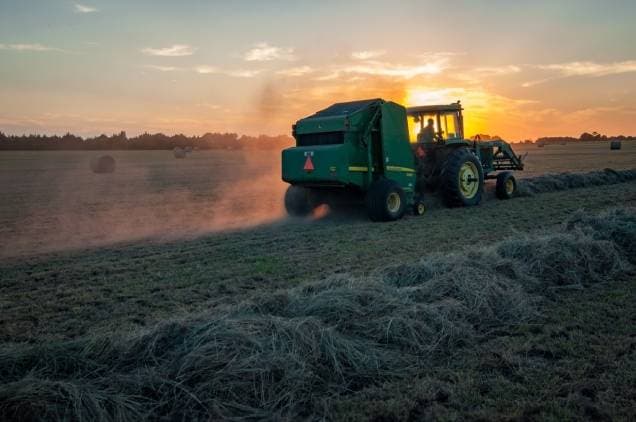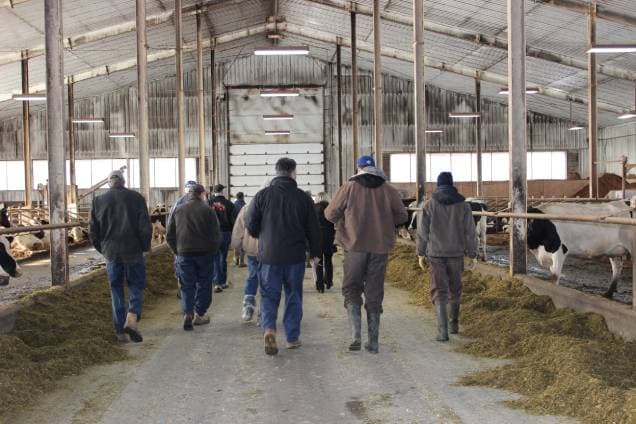
In the last sustainability series installment, we looked at increasing communication by having a health and safety representative or a health and safety committee. Referring to section 2 of the Farm Safety Plan and using the communication checklist in section 2:16 of your workbook, you will be able to identify types of information to communicate as part of your Farm Safety Plan.
Information that is required to be posted by the Occupational Health and Safety Act is as follows:
- Information and reports as directed by an OHS officer.
- Codes of practice as required pursuant to the OHS act and regulations.
- Telephone number for OHS to report concerns to the department.
- Company Health and Safety policy, if required by the OHS Act.
- Compliance orders as issued by the Department of Labour and Advanced Education.
- Phone numbers for the persons to contact, if there is an incident or injury.
- Phone number and contact information for the health and safety representative or health and safety committee members, if required by the OHS Act.
- Health and safety representative or committee meeting minutes, if required by the OHS Act.
Other information you may want to post:
- Maps of the farm to show locations of emergency equipment, chemicals, fuels, emergency shut offs, authorized access areas, or notable hazardous areas.
- Emergency Phone numbers.
- List of First aiders and location of first aid supplies.
- Location of Safety Data Sheets for chemicals.
- Warning signs for any areas of danger or high-risk hazard areas such as chemical storage, high voltage electricity, confined space, manure pits, etc…
- Load rate charts for hoisting equipment.
- Maximum revolutions per minute for abrasive wheels or grinders.
- Operator manuals for machinery and equipment.
- Safe job procedures for hazardous tasks.
Communication is key to preventing incident, illness and injury on your farm. Do not let safety be your best kept trade secret.



